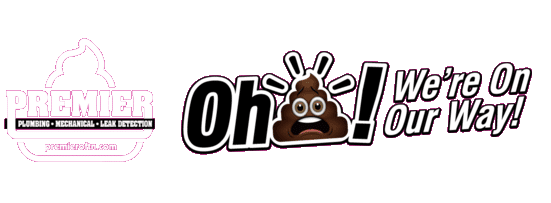Sewer Line Repair & Service in Memphis
Many homeowners don’t give their plumbing a second thought until there is a problem. Too often, it is only when the shower suddenly starts backing up or the sink fills unexpectedly during morning activities that plumbing concerns become front-of-mind. However, your plumbing system, including your sewer line, is critical to the overall health of your home and family. Unfortunately, sewer line issues can lead to critical backups or leaks that cause hazardous sewage to enter your home and outdoor space.
When quick-fix methods of returning your plumbing system to their proper working order become necessary on a frequent basis—or fail entirely—the issues involved may be a sign of a larger issue with your home’s sewer line.
What Causes Sewer Line Damage?
Assessing issues with your sewer line begins with building a knowledge of what can cause damage to this critical component of your home. While some causes of damage may seem obvious, there are other key elements to consider as you assess ongoing issues with your plumbing. Common causes of sewer line damage include:
- Debris and foreign objects. Our sewer system is meant to take on limited amounts of toilet paper, but when other debris such as wrappers, paper towels, or feminine products enter your home’s plumbing system, they may become stuck. Similar concerns exist with kitchen elements like cooking oil and grease. Oil may enter your drains in liquid form, but it hardens as it reaches your sewer line. Over time, as these elements begin to build up or encounter larger foreign objects, severe blockages can occur.
- Corroded pipes. Prior to the 1970s, most residential and piping was made of steel or cast iron. While sturdy upon installation, these pipes are susceptible to rust and corrosion, weakening the pipe walls. Additionally, calcium or magnesium buildups can impact the flow quality and lead to potential blockage.
- Tree roots. The trees in our own yards commonly negatively impact the quality of residential sewer lines. Roots follow sources of water as they grow, making sewer lines a natural attraction. Tree roots can wrap around pipes and cause them to break down, or even intrude into the pipes themselves and cause leaks or blockages.
Identifying Sewer Issues
Sewer lines are buried well beneath your home, making diagnosis of any issues difficult. However, there are several telltale signs there may be a problem with your sewer line, including:
- Slow sink, shower, tub, and floor drains, particularly on the first level.
- Inconsistent toilet water levels.
- Constant clogs and toilet backups.
- Foul smells that permeate your home and yard.
- Pooled, foul-smelling water in your yard.
- Greener grass near your foundation.
- Foundation damage.
- Multiple plumbing issues occurring at once.
If you’ve noticed any of the above issues with your home’s plumbing system, it is important to contact an experienced technician to perform a sewer line inspection using an HD camera. Even in the absence of these issues, consider scheduling a sewer inspection to avoid costly repairs or replacements.
Repairing Your Sewer Line
An experienced professional will be able to detect your sewer issues and develop the best plan of action for sewer lines. When it comes to repairing your sewer line, the traditional method involves digging a trench around the pipe to ease repair.
Areas with major damage from extensive corrosion or tree root intrusion may need partial or total replacement with a new, durable, CPVC plastic sewer line. If your existing sewer line has a small leak or minimal damage, the technician may use a technique called pipe lining to insert an inflatable tube covered in epoxy into your sewer line. Once attached to your current piping, the lining is inflated to match the size of your pipe and repair the leak.
At Premier Plumbing and Mechanical, our team of experienced staff is prepared to help you solve all your sewer line problems. Contact us today to schedule a camera sewer line inspection and begin restoring your sewer line to excellent health.


